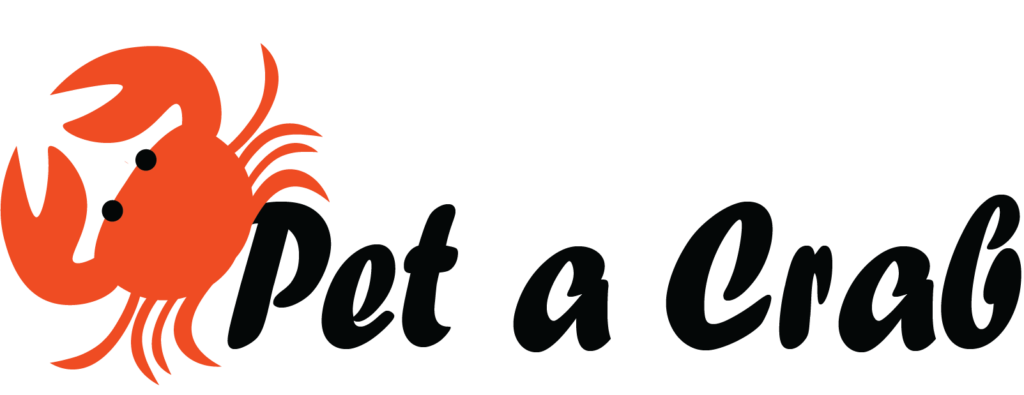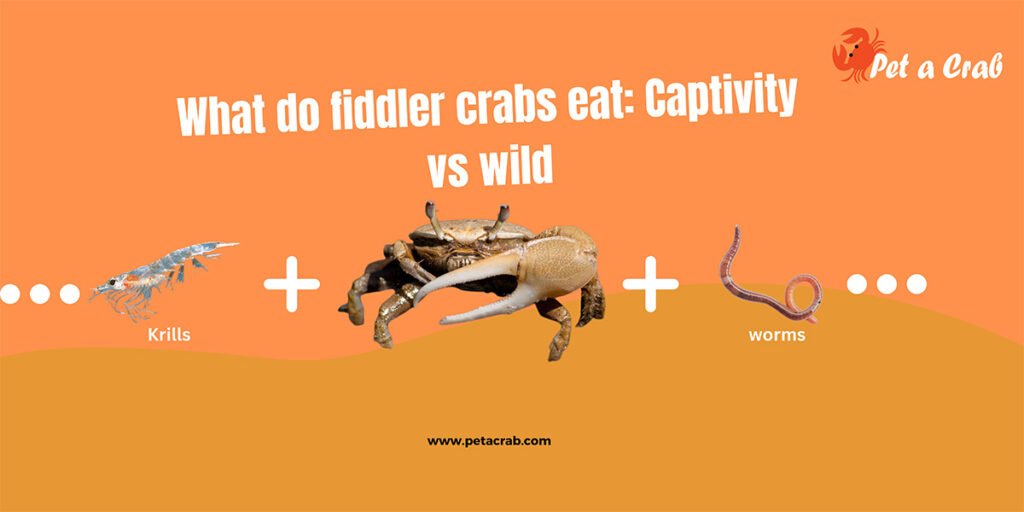Did you ever wonder how hermit crabs live without an exoskeleton? It’s due to their relationship with snail shells. You are probably curious to learn how it works; don’t worry; I am here to share with you.

In this blog, I will discuss the hermit crab/snail shell info on relationships and why it is so important for the survival of these creatures. From selecting the right shell to learning about its role in the ecosystem, I’ll provide you with a full overview.
What is the Relationship Between Hermit Crab/Snail Shell?
If you ever wondered about “what is the relationship between a hermit crab and snail shell?” The hermit crab/snail shell relationship definition is an example of symbiotic commensalism, where hermit crabs benefit by making use of empty snail shells as their shelter. As they lack an exoskeleton, hermit crabs use the shells to prevent predation and loss of water.
A well-fitting shell is essential to their survival, as a poorly fitting or damaged one leaves them vulnerable to predators. Apart from the survival of the crab, the hermit crab or snail shell relationship information brings out the importance of these shells.
Types of Hermit Crab/Snail Shell Symbiotic Relationships
Symbiosis in marine ecology may occur in different forms, such as mutualism, commensalism, and parasitism. Hermit crab/snail shell in relationship is mostly a case of commensalism but may at times show features of other kinds of interactions under certain circumstances:
Commensalism (Primary Relationship)
The hermit crab benefits from using an abandoned shell for protection, and the snail, having vacated the shell, remains unaffected. This is the most widely accepted classification of their relationship.
Mutualism (Instances of Rarity)
Some hermit crabs are in mutualistic relationships with organisms like anemones, which adhere to their shells and receive additional protection while mobility is attained.
Indirect Parasitism (Exceptional Instances)
In the low availability of shells, the hermit crabs may forcibly remove occupying snails to occupy their shells, turning the relationship into parasitic rather than commensal.
What is The Hermit Crab and Snail Shell Symbiotic Relationship Commensalism or Mutualism?
When it comes to “what is the symbiotic relationship between hermit crab and snail shell commensalism or mutualism relationship?” The answer is a commensal relationship. In the commensalism relationship type of hermit crab/snail shell, the hermit crab is benefited while the snail is not affected. As opposed to mutualism, where both species are helped, only the hermit crab is benefitted by using vacant snail shells for protection, moisture retention, and locomotion.
According to Bertness (1981), hermit crabs assist in nutrient cycling by redistributing shells to other habitats, which can be advantageous to decomposer organisms and influence microhabitats. Shell reuse can also reduce calcium carbonate waste, with cascading effects on marine ecosystems, according to a study by Laidre (2012).
Read More: Boxer Crab And Anemone Symbiotic Relationship
Facts About Hermit Crabs and Snail Shell Relationship
1. Hermit Crabs Do Not Grow Their Own Shells
Hermit crabs utilize vacant snail shells for their shelter and must find larger ones as they grow. It is a lifesaving adaptation and illustrates their fascinating hermit crab and snail shell info on relationships in marine habitats.
2. Shell Availability Affects Survival Directly
The availability of snail shells is critical for hermit crabs. Lacking proper shells, they have more competition, predator exposure, and environmental stress, making the relationship between hermit crab snail shells a crucial survival factor.
3. Commensalism, Not Mutualism
The hermit crab/snail shell symbiotic relationship types is commensalism, with the hermit crabs reaping benefits while the original snail does not play an active role. In contrast to mutualism, where both species derive benefits.
4. Shells Influence Social Behavior
Hermit crabs also engage in “shell exchange chains,” trading shells for better ones. This is a cooperative behavior that maximizes shell use, offering interesting hermit crab/snail shell symbiotic relationship facts for aquarists.
5. Shell Reuse Benefits Marine Ecosystems
Hermit crabs reuse snail shells, promoting nutrient recycling and reducing excess calcium carbonate waste. This keeps the coastal ecosystem ecologically balanced, reinforcing the relationship for hermit crab/snail shells in the seafood chain.
Note: If you are curious to learn more about the fascinating Blue Coral Crab, check out this detailed guide covering its care, diet, and unique characteristics.
How Do Hermit Crabs Choose the Right Snail Shell?
Hermit crab snail shell selection is a precise process depending on numerous factors that are crucial to their survival and health. The following is an advanced explanation of how hermit crabs select the right shell:
Shell Size
Hermit crabs prefer slightly larger shells than the ones they currently inhabit, with room for expansion. Shell size directly affects protection and comfort, as an ill-fitting shell might restrict growth and motion.
Shell Shape
Shape plays a significant role in protection and mobility. Crabs are fond of spiral-shaped shells because they offer strong protection without sacrificing maneuverability.
Availability of Shells
Snail shell availability is crucial. With fewer discarded shells, hermit crabs will have greater competition for space, which impacts their survival. Shell shortage may influence the hermit crab/snail shell relationship data because crabs will compete for the scarce resource.
Social Behavior-Shell Exchange Chains
Hermit crabs also engage in shell exchange chains, in which several crabs trade shells to obtain better ones. The hermit crab/snail shell symbiotic commensalism is emphasized through this social process, as the crabs benefit from each other’s exchanges.
Note: Want to explore the vibrant world of Gaudy Clown Crabs? This guide provides everything you need to know, from care tips to interesting facts.
Hermit Crab/Snail Shell Ants Stork Symbiotic Relationship
The hermit crab or snail shell stork relationship info is a commensal symbiosis. Hermit crabs occupy abandoned shells as protection because they cannot make their own. It provides them with protection against predators. The crabs benefit but snails do not benefit from the relationship, as they leave behind their shells for no direct gain.
As regards interaction with birds such as storks, there is not much direct evidence of the use of hermit crabs or shells by birds. While some birds, such as the song thrush, use resources such as stones to open snail shells to access the snails inside. There is little evidence of birds utilizing empty shells for nesting purposes or otherwise.
Final Thoughts
By reviewing the hermit crab/snail shell info on relationship, you’ve learned about how hermit crabs use snail shells for protection. The hermit crab/snail shell relationship information is vital for understanding their survival tactics. The hermit crab/snail shell relationship name symbolizes this mutually beneficial interaction.
For additional crab facts, be sure to check out this guide on red spotted coral crab facts. Additionally, if you’re interested in learning more about crab species and their care, look at these crab care guides on staghorn hermit crab and gall crab.
Frequently Asked Questions
What happens when there aren’t enough snail shells available?
When there are not enough snail shells, hermit crabs will find it difficult to acquire proper protection, thus exposing them to greater predation risks. This shortage also results in overcrowding, as crabs fight for scarce resources.
What is fact about hermit crab shells?
Hermit crab shells offer such an important defence to these crustaceans, keeping them safe from predators. Additionally, hermit crabs lack the shells that they produce and must utilize the vacant shells of other mollusks.
Are hermit crabs and shell mutualism?
No, the relationship between hermit crab/snail shell and type is not mutualistic; it is commensal. The hermit crabs benefit from the shells as a shelter, but the snails, which abandon the shells, do not benefit in return.
Do hermit crabs have shell preferences?
Yes, there are preferred shells for hermit crabs. They like their shells to be spacious, tough, and suitably sized so they have room to grow and sufficient protection from predators.
References:
- Bertness, M. D. (1981). “Predation, Physical Stress, and the Organization of a Tropical Rocky Intertidal Hermit Crab Community.” Ecology, 62(2), 411-425.
https://www.jstor.org/stable/1936717
- Laidre, M. E. (2012). “Homes for hermits: temporal, spatial and structural dynamics as transportable homes are incorporated into a population.” Journal of Zoology, 288(1), 33-40. https://doi.org/10.1111/j.1469-7998.2012.00927.x
- https://www.researchgate.net/publication/232684265_Snails_versus_hermit_crabs_A_new_interpretation_on_shell-peeling_predation_in_fossil_gastropod_assemblages


